Hi everyone! I had an interesting idea for a blog… to spell out the differences between psych wards and crisis centres. It’s good to know because each service has its own pros and cons: which is best is really a question of your individual circumstances.
To establish my credentials for this blog (because it’s darkly funny…) I’ve chocked up almost 8 months of time spent in various crisis centres and psych wards.
Definitions:
Crisis centre: A place of housing that resembles a group home or halfway house with trained crisis workers. Normally there are no medical professionals.
Psych ward: A designated part of a hospital or an institution purely for psychiatry. There you’ll find psychiatric nurses, psychiatrists and, depending on the place, therapists, psychologists and even nutritionists.
“What brings you here?”
Crisis centre:
A person usually goes to a crisis centre voluntarily because they see that things are going downhill. They want to be in a safer environment with staff available to talk 24/7. It might have been recommended by their healthcare professional that they stay at a crisis centre in their sector.
It’s also possible that the person did something that brought them to a hospital, at which point release is contingent upon staying at a crisis centre.
Psych ward:
It’s true that a person can voluntarily commit themselves to a psych ward; I have in the past. In the majority of cases however, a person’s stay at least begins involuntarily or highly recommended. There’s a much higher probability that they did something like a suicide attempt or were brought to a hospital by the police. In these cases the person’s physical health will be tended to first while they’re in safety. (A guard by their room, locked rooms, a private toilette so the person can still be somewhat watched, etc.)
Medication
Crisis centre:
Since there’s no psychiatrist or a doctor, a crisis centre is not the place to be if you want to try medication for the first time. The exception is if you already have a psychiatrist you can remain in communication with. In that case it could be a great idea to stay in the safety of a crisis centre while you test medication changes or adjustments.
You might be wondering if crisis centres allow you to administer your own medication. It’s a good question and the answer is that it varies and depends on your circumstances. Some centres are stricter than others. One that I went to required a dispill and the staff kept these under lock and key. A dispill is easy to get through your pharmacy and can be used at home too. Basically the pharmacy puts your prescription in a disposible pill container for the week. I prepare my plastic container each week but with this it’s done for you. Crisis centres often demand it since they’re not medical professionals and can’t tell if a patient is taking the correct pills/quantity.

Another centre I went to however asked me if I felt safe enough to keep my meds and tell them if this safety changed. I actually prefer the other system for two reasons:
1. The centre can help you be more regular with your meds, which goes a long way.
2. Even if you’re not at risk of misusing your pills, another resident could be and theft is not uncommon!
Psych ward:
A psych ward is safest when it comes to medication. It’s the perfect place to try meds for the first time, to change meds or to modify dosages. Medication is always under the nurses’s control and a psychiatrist will regularly monitor how you’re doing.
Not so fun fact: Stimulants are rarely prescribed in a psych ward. (I miss my Vyvanse… I do feel the difference!)
Possessions:
Crisis centre:
Crisis centres tend to be more lenient in terms of what you’re allowed to keep. Things like shaving razors, knives, scissors and other sharp objects are obviously kept and only given when needed. Shoelaces, drawstrings, bags, scarves and the like are permitted on the honour system. One thing I particularly appreciate is that you get to keep your charging cables!
Psych ward:
Say goodbye to everything even minorly dangerous looking. See that loose thread? Can’t have that! Ok, sorry. I’m just making fun of it because it can get extreme to the point of silliness, but trust me, I understand their concerns. This is a general list of what isn’t allowed. In some cases you’ll get to use something for short periods, under supervision or during the day before curfew.
• Charging cables
• Belts
• Bags
• Clothes with drawstrings
• Glass or metal containers
• Razors
• Tweezers
• Nail clippers
• Scissors
• Liquids that aren’t drinkable
• Tape (the metal cutting part)
• Metal spiral books
• Sharpeners
• Headphones/ear pods with wires
• Tobacco products and lighters (Only given during outings)
In extreme cases:
• Any clothing including undergarments
• Pens/pencils
• Cell phones
• Jewelry
• Blankets
Outings
Crisis centre:
Another thing I love about crisis centres is that most of the time you can go outside when you want, however often you want. This is especially practical for smokers/vapers. At the beginning you’ll be asked to stay on the property but as you prove yourself you can be allowed to leave. The staff just wants to know how long you’ll be gone.
Psych ward:
Due to everything being stricter, outings too are managed more carefully. At the beginning you’ll likely not be allowed outside at all. Once you stabilize, your psychiatrist may permit outings if you’re accompanied. The next step is unaccompanied outings. A key difference here is that outings will always have a time limit. For example you might start with three outings of 15 minutes and progress to five outings of 30 minutes.
Housing
Crisis centre:
Rooms in a crisis centre look more like ordinary bedrooms. It’s comfortable, relaxed and you’ll likely have a room to yourself. Sometimes however you’ll have to share the room with one other person. In this room you might find a closet with hangers, a dresser, a desk, a heater or fan, etc.
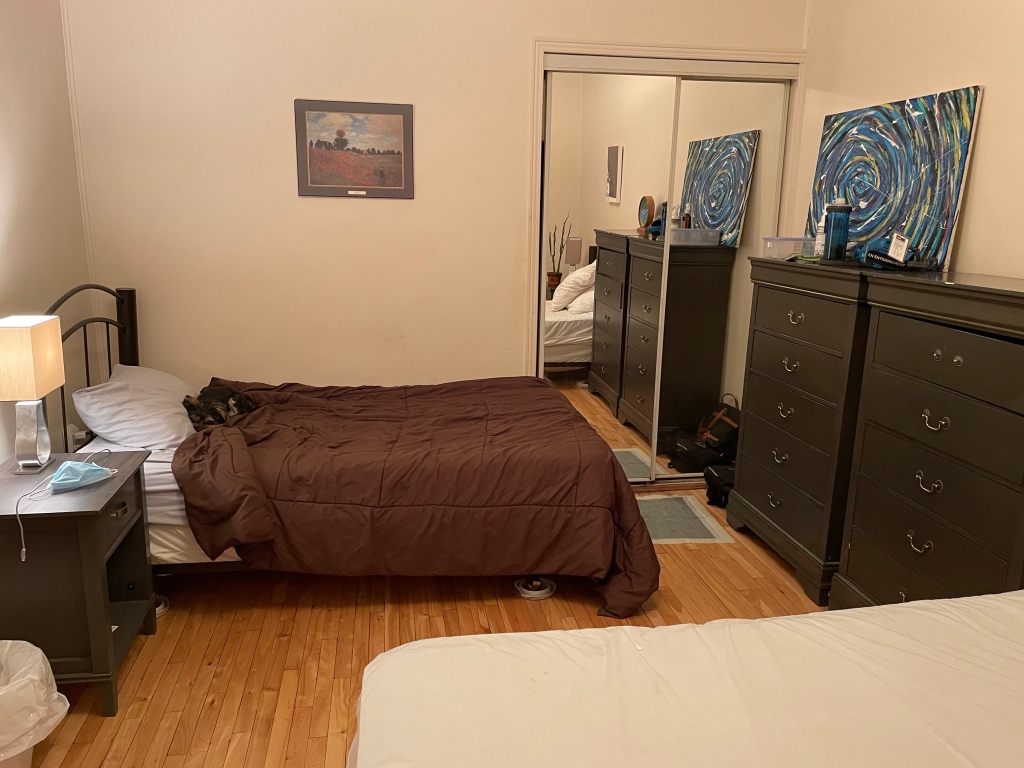
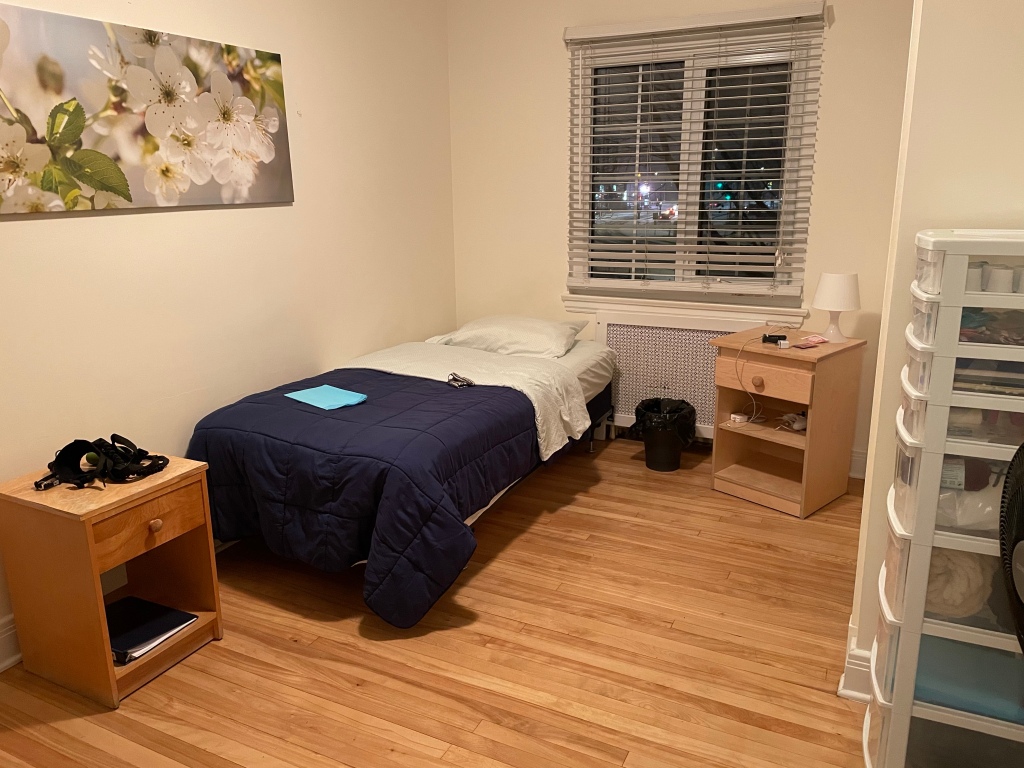
Psych ward:
The rooms look a lot more like hospital rooms and they’re very cold/clinical. White walls, a small storage unit or cubbies for your things and, if you’re lucky, a small desk. Depending on the size of the place and the capacity, you might be lucky enough to have your own room. It’s equally likely however that you share it with up to three other people (if we’re talking about a large mental institution). I hate that so much. Also, you may or may not have a door to your room. Some have a simple curtain and others have nothing at all.

Locks and Bathrooms
Crisis centre:
Bathroom doors are usually lockable which is really great. You won’t be walked in on while showering as happened to me a few days ago. By the way since crisis centres are more like houses, the bathrooms are shared.
Psych ward:
Depending on the size of the unit, you might have toilette and shower stalls for men and women. You might instead have a toilette that adjoins two rooms and a seperate shower room (or rooms) shared amongst all patients. The second option is what I have right now.
Common Areas
Crisis centre:
The common areas include the kitchen, living room and art/recreation room if there is one. Each room will be a lot warmer and homier than its psych ward counterpart. You’re more likely to have sofas and armchairs. You’ll also have at least one TV.
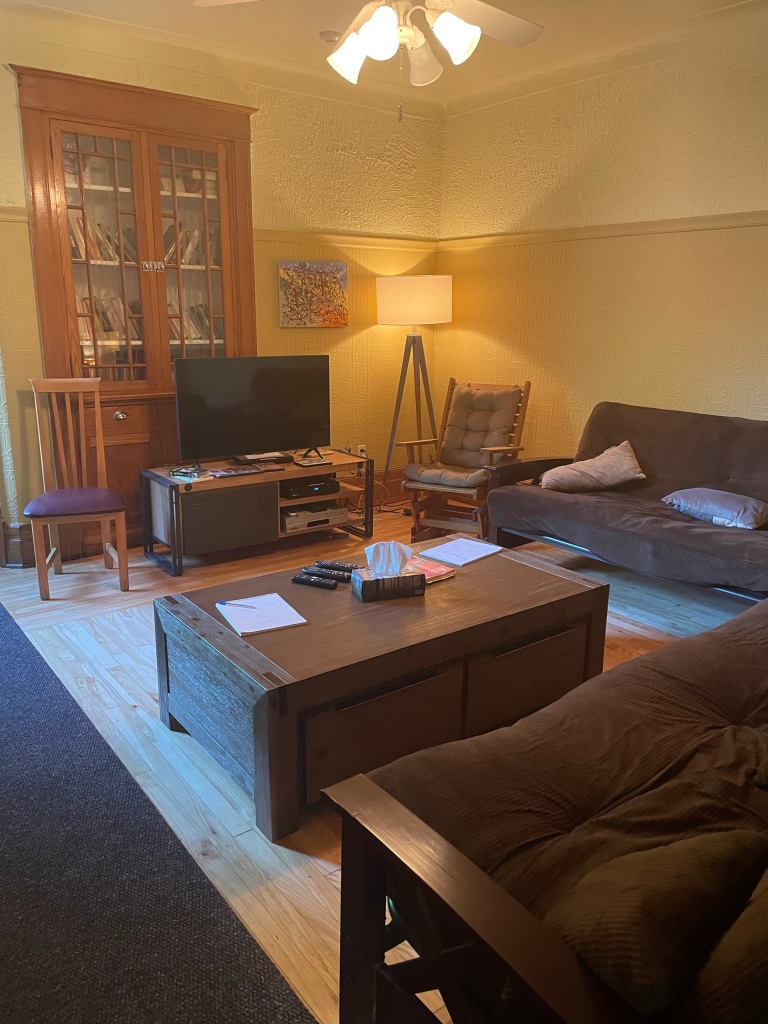
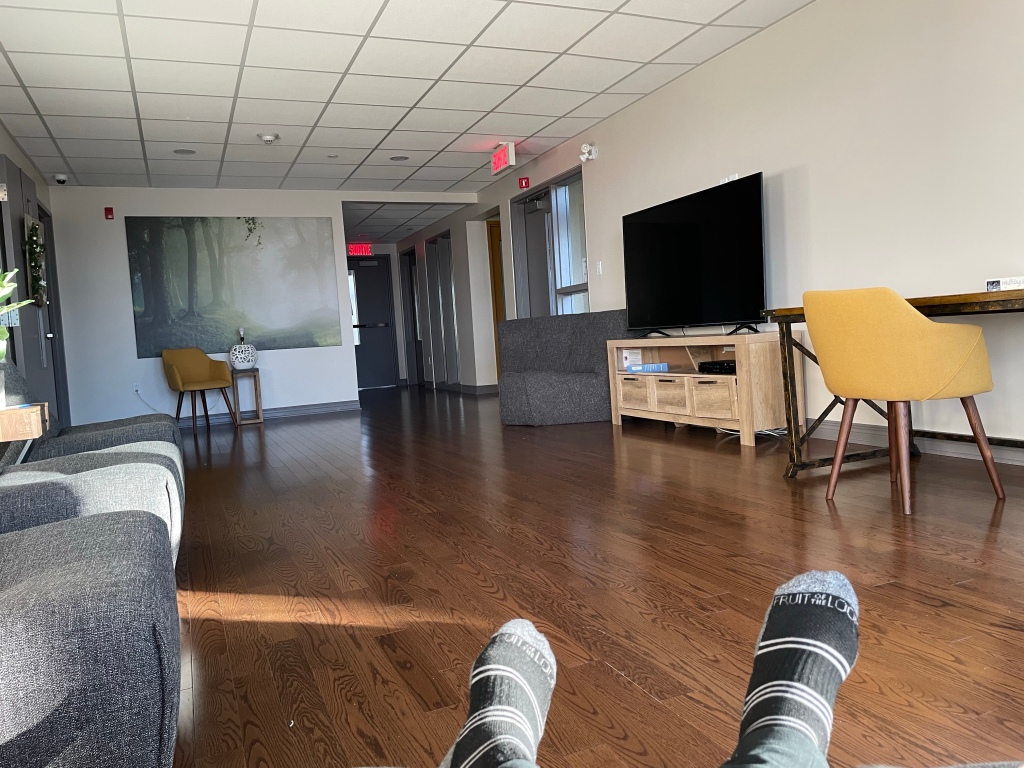
Psych ward:
Again, you’ll see a living room and sometimes an art/recreation room. There will be one or more TV’s and sometimes you’ll have armchairs and sofas. There’s never a kitchen though.
Both will usually have some art supplies and games for patients to use alone, amongst themselves or with their visitors.
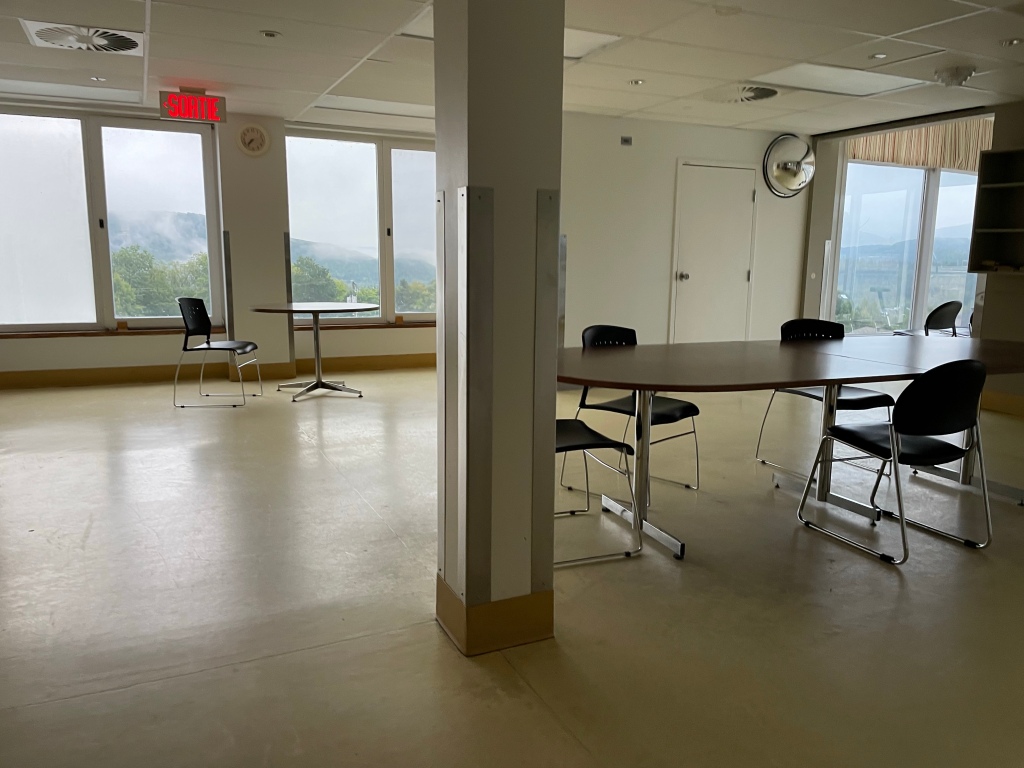
Independence
Crisis Centre:
⁃ You can do your own laundry
⁃ Come and go as you please as long as you return before curfew
⁃ You might get to keep your cigarettes, lighter or vape device.
Psych ward:
⁃ Laundry is often done by the staff on certain days or relatives/friends can do your washings for you
⁃ There are always time restrictions.
⁃ Your cigarettes, lighter or vape device will be kept for you and given only during outings.
Sessions:
Crisis centre:
There’s one mandatory meeting with your crisis worker per day. This is an hour long session devoted just to you. Together you’ll create goals and complete helpful worksheets pertaining to your situation.
Psych ward:
You can meet your nurse of the day or night but it’s not obligatory. It’ll also rarely be an hour long because the nurses are very busy.
You’ll have one or two sessions with a psychiatrist per week.
Other Observations
– There is more supervision in psych wards.
– Crisis centres are better if you’re capable of a higher degree of autonomy and responsibility.
– A helpful combination can involve staying at a psych ward and then testing yourself at a crisis centre before you return home.
– If you are feeling suicidal, a psych ward is usually a better option.
Personal Update
On the personal front I just wanted to follow up on my situation of having everything removed following the cutting incident. I was a very good girl on Friday, throughout the weekend and on Monday, so it went well when I saw my psychiatrist. I got my clothes back, I’m allowed to keep things in my room, I’m allowed to take showers and I have 3 times 15 minutes outside with staff and one time of 30 minutes with family. I’ll continue proving myself trustworthy so when I see my psychiatrist again on Thursday or Friday, he’ll hopefully restore my outings of 5 times 30 minutes ALONE.
Take care everyone! I hope you found this comparison post illuminating! If you have any questions please feel free to drop me a comment.
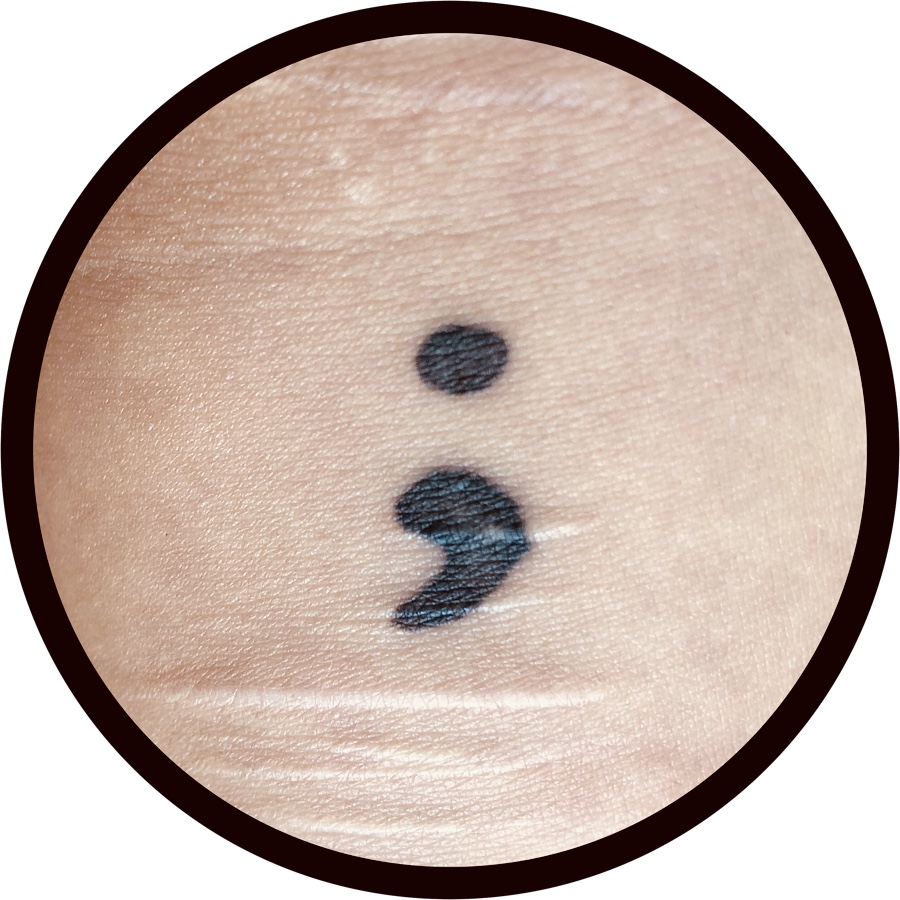

1 thought on “The Difference between a Psych Ward and a Crisis Centre”